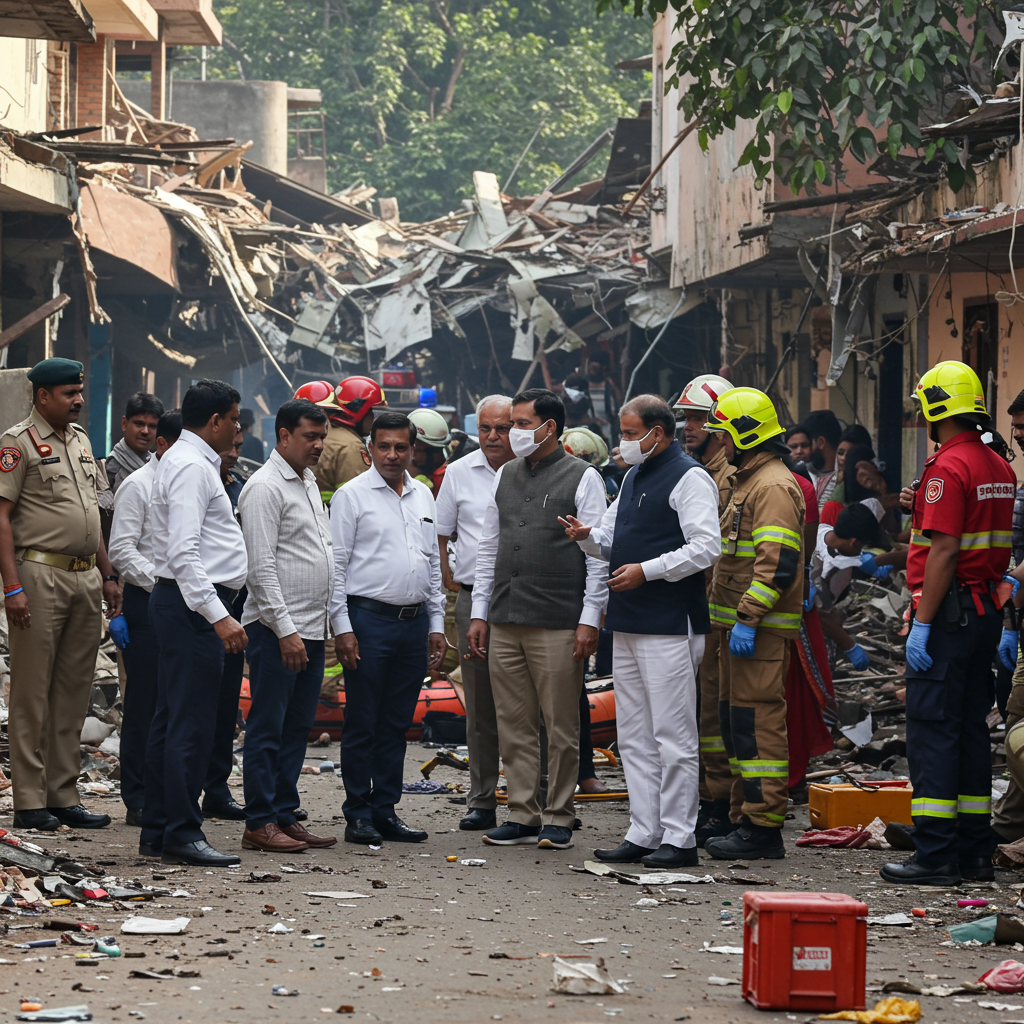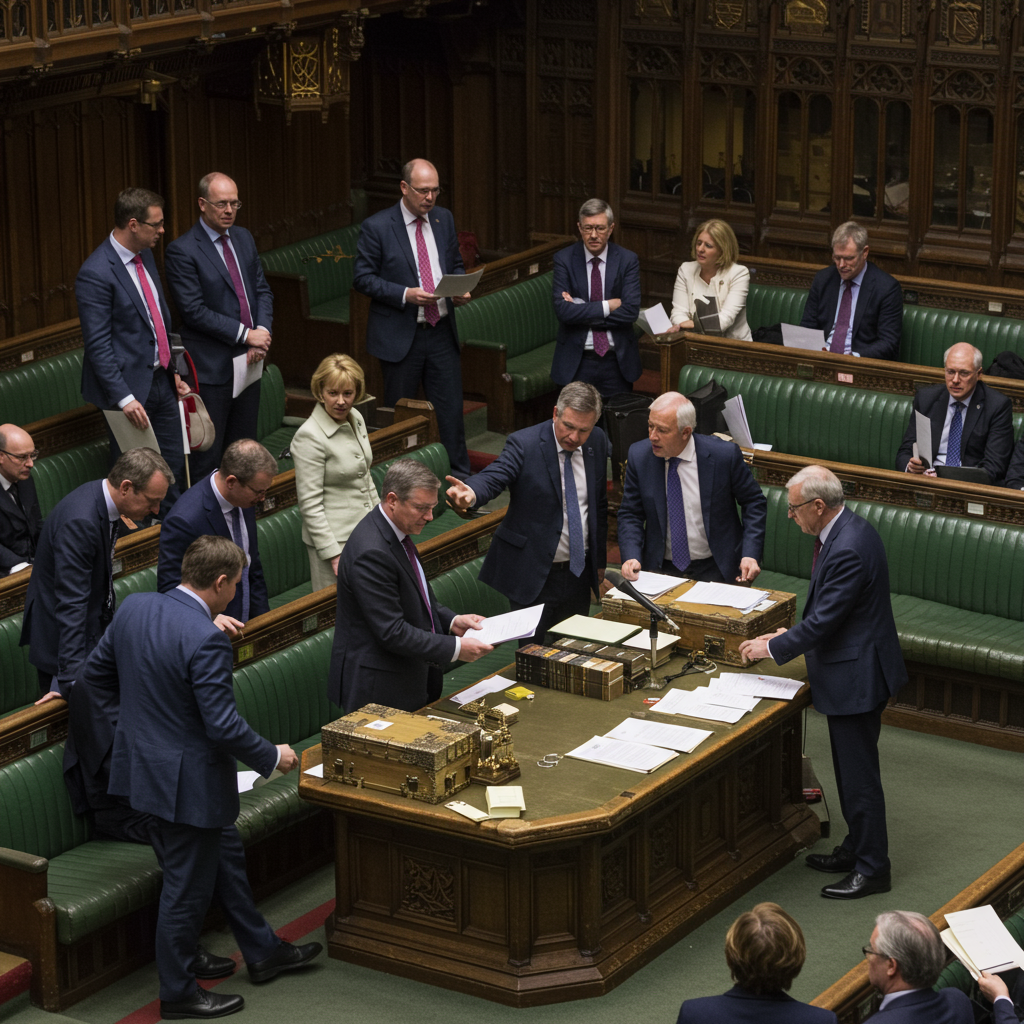The investigation into the tragic crash of Air India flight AI171 continues, with the airline’s chairman revealing details about the aircraft’s engines. The Boeing 787-8 Dreamliner crashed shortly after takeoff from Ahmedabad last week, resulting in a devastating loss of life, including over 240 people on board and dozens on the ground.
N Chandrasekaran, Chairman of Air India, stated in a recent interview that one of the two engines on the ill-fated aircraft was newly installed just months before the incident, in March 2025. The other engine, he said, had been recently inspected in April 2025 and was not due for its next major maintenance check until December 2025. According to the airline’s records, both engines reportedly had “clean histories.”
Chandrasekaran cautioned against premature conclusions, emphasizing that the aircraft itself also had a “clean history” and that the full story would only be revealed once data from the recovered black boxes (flight data and cockpit voice recorders) is decoded. One of the black boxes was reportedly damaged and has been sent to the United States for expert analysis.
Engine Health vs. Age: An Expert View
An expert in aircraft accident investigation, Kishore Chinta, offered perspective on the significance of engine age. He explained that for modern engines like the Genx-1B models used on the Boeing 787-8, age is not the primary indicator of health. These engines, manufactured by GE Aerospace, are equipped with sophisticated systems like Full Authority Digital Engine Control (FADEC) that constantly monitor performance and health in real-time. Decisions on servicing or replacement are based on this continuous data and physical inspections, rather than a fixed overhaul schedule common in older engine models.
However, Chinta noted that certain critical components, known as Life Limited Parts (LLPs), still have a finite lifespan typically measured in flight cycles (each start and stop counts as one cycle), usually between 15,000 and 20,000 cycles.
Early clues emerging from the investigation, such as indications that the aircraft’s emergency power system was active just before impact, are being analyzed to understand the sequence of events that led to the rare failure during takeoff.
Airline Response and Safety Measures
In the wake of the crash and as a precautionary measure, Air India has announced a temporary 15% reduction in its international wide-body operations until at least mid-July. This difficult decision is attributed to a combination of factors, including enhanced safety checks across its fleet, increased caution among crew and ground staff following the accident, and operational challenges like airspace restrictions in the Middle East. Routes to destinations including London, Paris, and others in North America, Australia, and Asia are seeing suspensions or reduced frequencies.
India’s aviation regulator, the Directorate General of Civil Aviation (DGCA), ordered intensified safety inspections across Air India’s entire fleet of Boeing 787 Dreamliners. The airline reported that inspections on 26 of its 33 Boeing 787 aircraft have been completed, with all cleared for service. The remaining aircraft are undergoing checks as part of planned maintenance. While these inspections reportedly found no major safety concerns that would warrant grounding the fleet, the regulator did note ongoing issues within the airline related to spare parts availability and internal coordination, though stating the inspected planes met current safety standards. Air India is also extending enhanced safety checks to its Boeing 777 fleet.
Separately, and unrelated to the AI171 crash itself, the DGCA had issued warning notices to Air India days prior regarding overdue safety checks on emergency slides on some of its Airbus planes and the airline’s handling of the matter.
Beyond the airline’s fleet, the DGCA has implemented broader safety measures across the country’s aviation sector, including mandatory compliance checks at flying schools and requiring government-managed airports to conduct full-scale emergency training exercises.
As the investigation continues, authorities are working to identify the crash victims, with many identified through DNA testing. The tragic event casts a shadow over Air India’s ongoing efforts to transform the airline under its new ownership.




